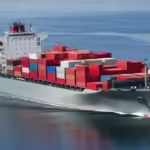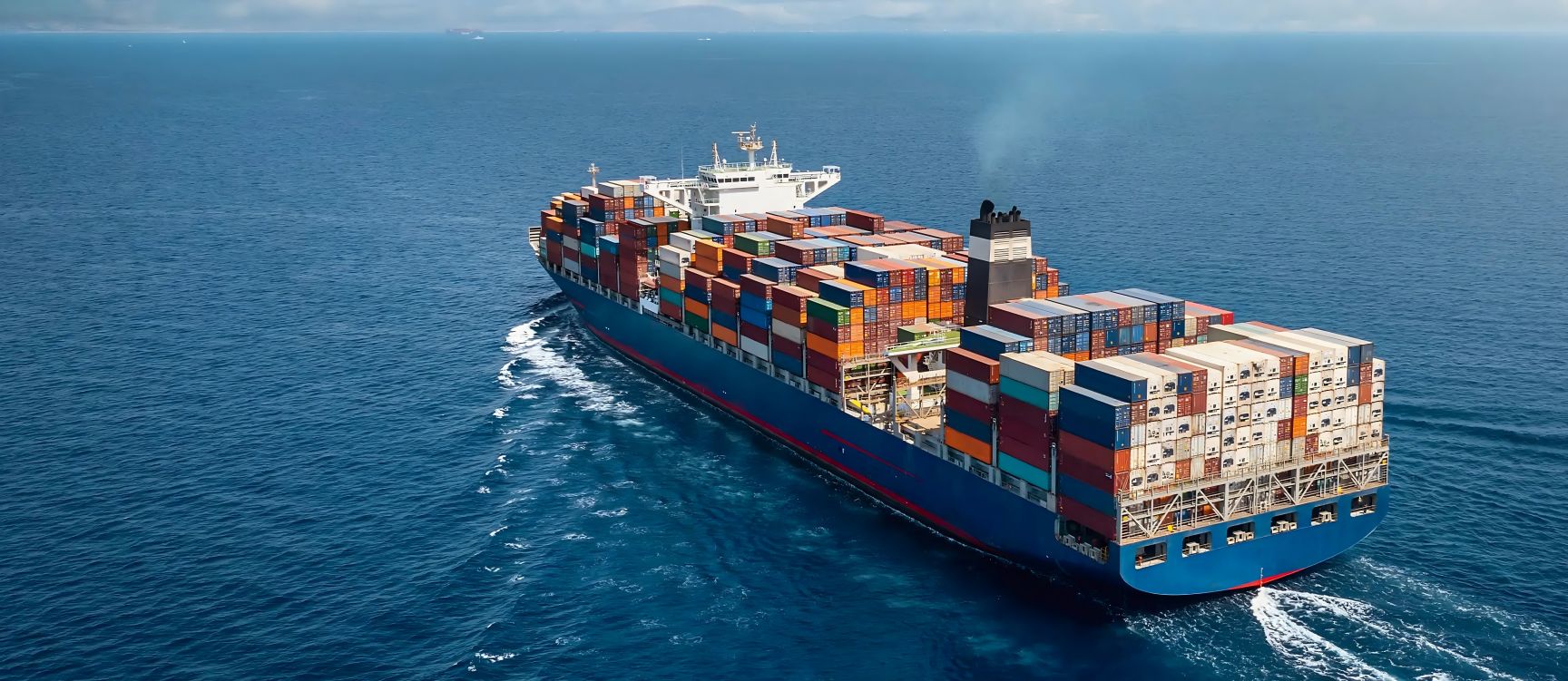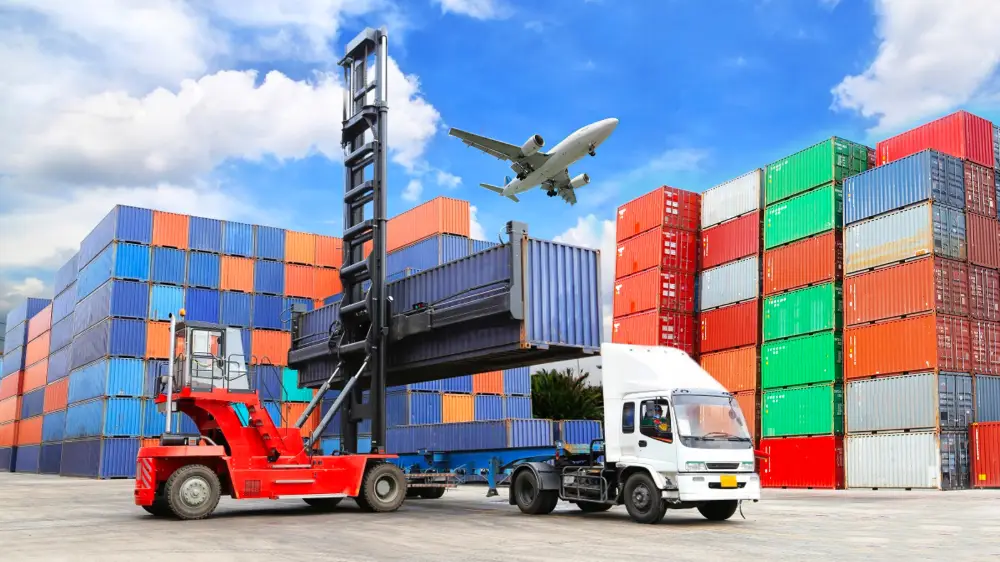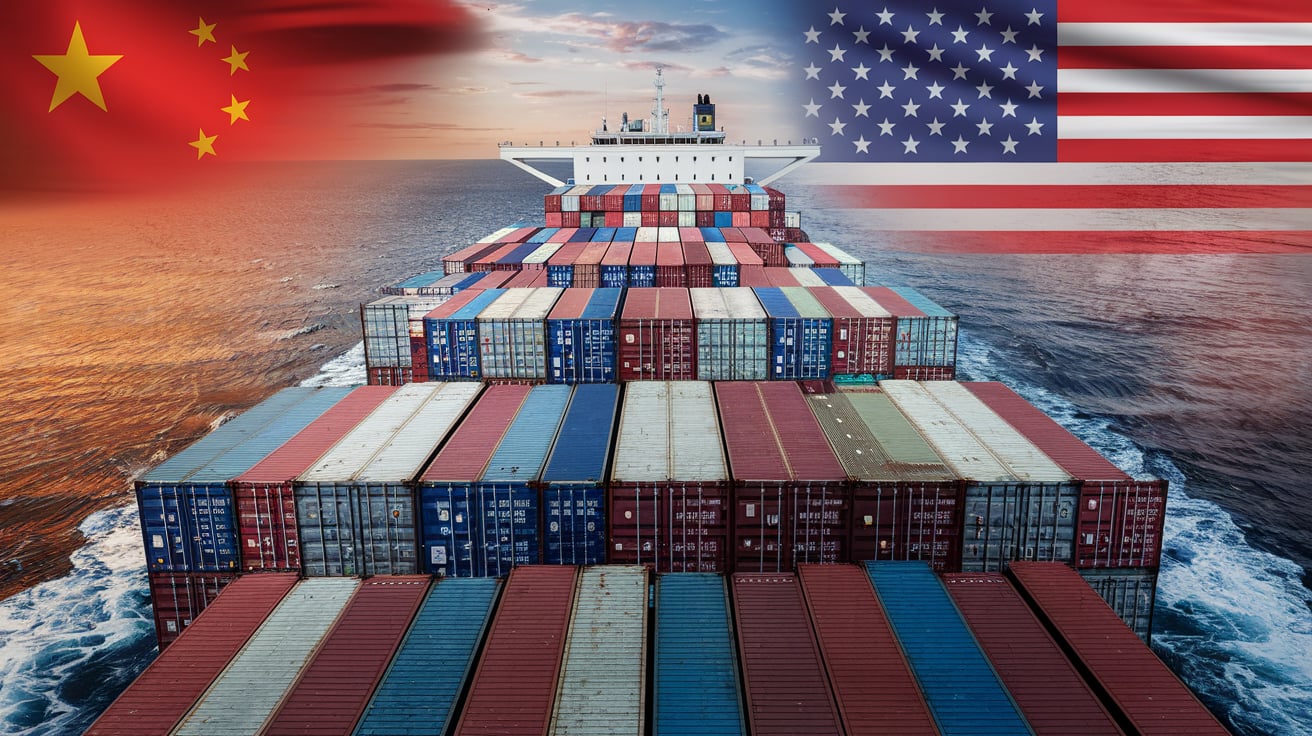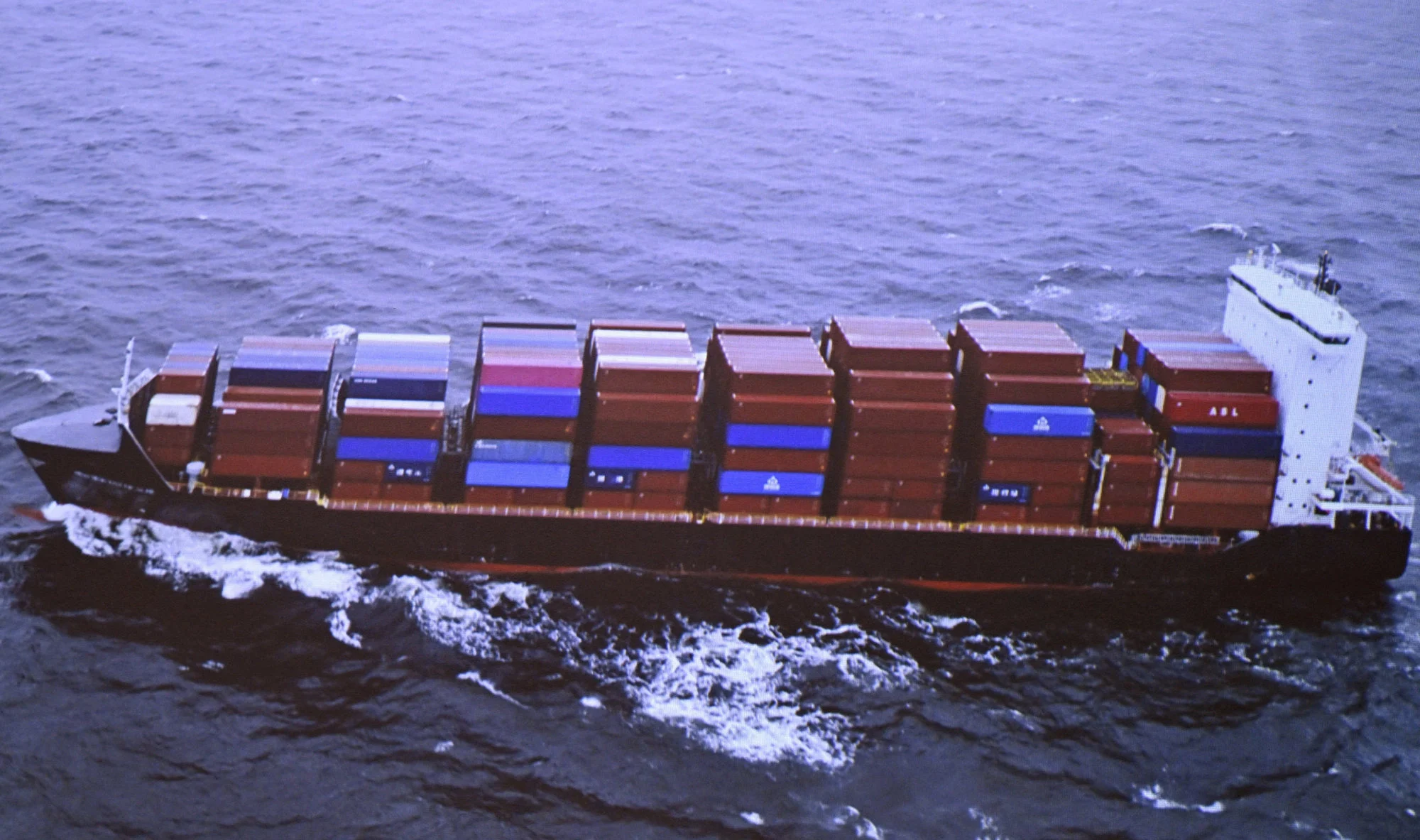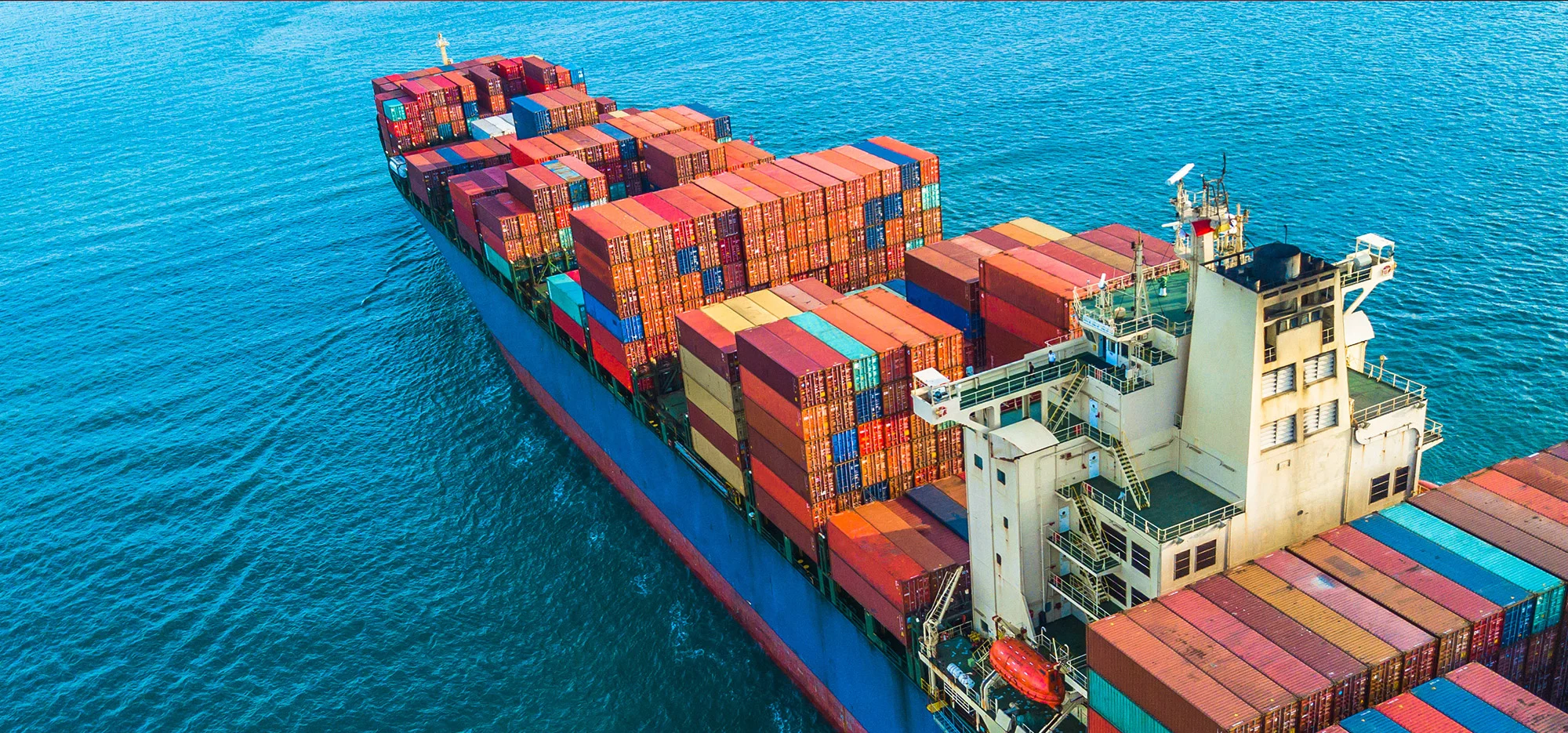Navigating the complexities of sea freight from China to Croatia can be pivotal for businesses engaged in international trade. As one of the most cost-effective methods for transporting goods, sea freight offers numerous advantages, including the ability to handle large volumes of cargo and diverse types of products. This comprehensive guide outlines the essential steps, key considerations, and logistical nuances involved in successfully shipping goods from China to Croatia. From understanding shipping methods and required documentation to managing costs and transit times, this resource equips importers with the knowledge to optimize their logistics strategies effectively.
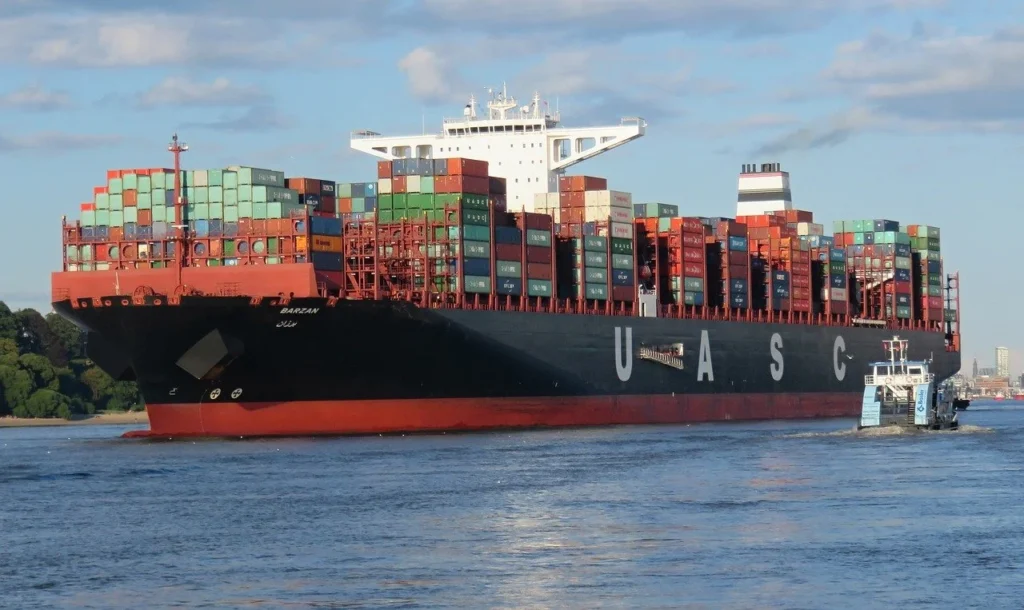
Understanding Sea Freight
Sea freight is a pivotal facet of international logistics, especially for businesses engaged in importing goods from locations like China. It refers to the transportation of goods via ocean vessels, a method favored for its ability to handle large volumes of cargo at comparatively lower costs. Businesses often grapple with selecting the most suitable shipping method, and this is where understanding sea freight becomes essential.
What is Sea Freight and Why Choose It?
Sea freight encompasses the shipment of various types of goods, including raw materials, consumer products, and machinery, over ocean routes. The choice of sea freight arises from several compelling reasons:
-
Cost-Effectiveness: Given the nature of maritime transport, sea freight often proves to be the most economical way to move bulk goods. The cost per unit decreases as more cargo is consolidated in a single shipment, making it favorable for businesses looking to maximize profitability.
-
Capacity: Vessels possess the capacity to carry significantly larger quantities of goods compared to other transport modes, such as air freight. This trait is particularly beneficial for companies engaged in large-scale operations who need to ship in bulk.
-
Variety of Cargo Types: Sea freight can accommodate a wide range of cargo types, including oversized and heavy items that may not be suitable for air transport.
-
Global Connectivity: With a vast network of shipping routes, sea freight provides access to international markets, enabling businesses to source products from various regions, including countries like China, the world’s largest exporter.
Benefits of Sea Freight for Importing Goods
When importing goods, specifically from China, sea freight offers several benefits that can enhance operational efficiency:
-
Affordability: The cost savings associated with sea freight can significantly impact the bottom line, especially for businesses importing large quantities of goods.
-
Environmental Impact: Maritime transport is generally more energy-efficient than air freight, contributing to reduced carbon emissions. This factor is increasingly important as companies strive for sustainable logistics practices.
-
Flexibility with Scheduling: While transit times can be longer than air freight, the frequency of sailings means that businesses can often find a suitable schedule that fits their needs without excessive delays.
-
Safety and Security: Ships are designed to handle harsh marine environments, and cargo is typically well-secured during transit, minimizing the risk of damage.
-
Insurance Options: Marine insurance services are widely available, offering protection against potential losses during the shipping process, which is crucial for businesses that want to safeguard their investments.
Key Considerations for Shipping from China to Croatia
When considering shipping from China to Croatia, it is vital to understand the nuances of the process. Several key aspects warrant attention:
Shipping Methods
The primary shipping methods for moving goods from China to Croatia include:
-
Full Container Load (FCL): Ideal for large shipments, FCL allows businesses to utilize an entire container for their cargo, which can be more cost-effective per unit.
-
Less than Container Load (LCL): This option is suitable for smaller shipments, where multiple shippers share a single container. While it can be slightly more expensive, it provides flexibility for smaller businesses.
-
Breakbulk Shipping: For oversized or heavy cargo that cannot fit into standard containers, breakbulk shipping is an alternative method. It requires specialized handling and equipment.
Shipping Routes
Understanding the shipping routes is critical for optimizing delivery times and costs. From China to Croatia, common routes typically involve:
-
Departure from major Chinese ports such as Shanghai, Shenzhen, or Ningbo.
-
Transit through key shipping hubs in Southeast Asia or Europe, depending on the chosen shipping line.
-
Arrival at Croatian ports like Rijeka or Ploče, which are well-equipped to handle international cargo.
Required Documents
The successful importation of goods necessitates a series of required documents, including:
-
Bill of Lading (B/L): A legal document between the shipper and the carrier that acts as a receipt and contract for the transport of goods.
-
Commercial Invoice: This document details the transaction between the buyer and the seller, outlining the items, quantities, and agreed-upon prices.
-
Packing List: A comprehensive list that itemizes the contents of the shipment, aiding customs clearance and handling.
-
Customs Declaration: Required for customs clearance, this document provides information about the goods being imported, including value and classification.
Customs Clearance
Navigating customs clearance is a critical step in the shipping process. Businesses importing goods from China to Croatia must ensure compliance with Croatian customs regulations, which may involve:
-
Duties and Taxes: Import duties may apply based on the value and classification of goods. It is essential to factor this into the overall shipping costs.
-
Inspection: Customs authorities may conduct inspections to verify the contents of shipments. Having the right documentation streamlines this process.
-
Professional Assistance: Utilizing a reliable freight forwarder, such as Dantful International Logistics, can simplify customs clearance. Their expertise can mitigate delays, ensuring that shipments comply with local regulations and arrive on time.
Incorporating these considerations into your shipping strategy will not only enhance efficiency but also contribute to a smoother import process. For tailored logistics solutions, including door-to-door shipping services, customs clearance, and insurance services, consider partnering with Dantful, a highly professional, cost-effective, and high-quality provider of one-stop international logistics services for global traders.
You may be interested in the following related articles:
- Shipping From China To Lithuania
- Shipping From China to Serbia
- Shipping From China to Malta
- Shipping From China To Belarus
- Shipping From China To Bulgaria
- Shipping from China to Luxembourg
Major Ports for Sea Freight
When engaging in sea freight, the choice of ports plays a critical role in determining the efficiency and cost-effectiveness of the shipping process. Understanding the major ports involved in exporting from China to Croatia is essential for businesses aiming to optimize their logistics.
Top Chinese Ports for Exporting to Croatia
China boasts several major ports that serve as pivotal gateways for international shipments. The following are the leading ports for exporting goods to Croatia:
| Port Name | Location | Key Features |
|---|---|---|
| Shanghai Port | Shanghai | One of the largest and busiest ports globally, known for advanced logistics facilities and accessibility to a broad range of shipping lines. |
| Shenzhen Port | Guangdong | A vital hub for electronics and consumer goods, Shenzhen’s port is highly efficient for LCL and FCL shipments. |
| Ningbo Port | Zhejiang | Offers excellent access to central China, facilitating the export of various types of cargo. |
| Guangzhou Port | Guangdong | Known for its diverse cargo handling capabilities, including low-value bulk and containerized goods. |
| Xiamen Port | Fujian | Strategic for trade with Southeast Asia, it also specializes in machinery and electronics exports. |
These ports are equipped with modern infrastructure and logistics capabilities, making them ideal for handling large volumes of cargo bound for Croatia.
Key Croatia Ports for Imports
Upon arrival in Croatia, several ports are equipped to handle incoming shipments:
| Port Name | Location | Key Features |
|---|---|---|
| Port of Rijeka | Rijeka | The largest port in Croatia, offering excellent connections to Central and Eastern Europe. |
| Port of Ploče | Ploče | Known for handling various cargo types, including bulk and containers. It is strategically located for access to the Adriatic Sea. |
| Port of Split | Split | A multi-purpose port facilitating ferry traffic and cargo handling, important for regional distribution. |
| Port of Zadar | Zadar | Primarily a passenger and cargo port, it is crucial for regional trade in the northern Adriatic. |
| Port of Dubrovnik | Dubrovnik | Although primarily known for tourism, it handles some cargo traffic and is significant for southern trade routes. |
These ports in Croatia are essential for ensuring that goods imported from China are efficiently processed and distributed throughout the region.
The Sea Freight Shipping Process Step-by-Step
Understanding the sea freight shipping process is vital for ensuring smooth logistics operations. Here is a detailed breakdown of the key steps involved in shipping goods from China to Croatia.
1. Obtaining a Freight Quote and Booking
-
Providing Shipment Details to the Freight Forwarder: Begin by submitting detailed information about your shipment to a freight forwarder. This includes the type of goods, dimensions, weight, and the desired delivery timeline.
-
Agreeing on Shipping Terms and Rates: The freight forwarder will present various options, including shipping methods and associated costs. Review these options carefully and negotiate terms that suit your needs.
-
Confirming the Booking: Once the terms are agreed upon, confirm the booking by signing the necessary agreements and providing any required deposits.
2. Cargo Pick-Up and Delivery to the Port
-
Arranging for Cargo Pick-Up from the Supplier: Coordinate with your supplier to schedule the pick-up of goods. This may involve organizing trucking services to transport the cargo to the port.
-
Transporting the Goods to the Port of Departure in China: Ensure the cargo is delivered to the designated port in a timely manner, allowing for any potential delays.
3. Export Customs Clearance in China
-
Submitting Required Documents: Provide all necessary documentation for export clearance, including the commercial invoice, packing list, and bill of lading.
-
Paying Export Duties and Taxes: Depending on the nature of the goods, there may be export duties applicable. Ensure payment is settled to facilitate smooth processing.
4. Loading and Ocean Transportation
-
Loading the Cargo onto the Vessel: Once cleared, the cargo is loaded onto the designated vessel. Proper loading techniques are essential to ensure the safety of the cargo during transit.
-
Transit Time from China to Croatia: Typical transit times can range from 30 to 45 days, depending on the specific route and shipping conditions.
5. Import Customs Clearance in Croatia
-
Submitting Import Documents: Upon arrival in Croatia, submit all required import documentation to customs. This includes the bill of lading, commercial invoice, and any specific import permits.
-
Paying Import Duties and Taxes: Like the export process, goods imported into Croatia may be subject to duties and taxes. Ensure these are calculated and paid to avoid delays.
6. Cargo Unloading and Delivery to the Final Destination
-
Unloading the Cargo at the Port of Arrival in Croatia: After customs clearance, the cargo is unloaded from the vessel. Efficient handling is crucial to minimize wait times.
-
Arranging for Final Delivery to Your Warehouse or Facility: Coordinate with local logistics providers or your freight forwarder to arrange for delivery to your desired location, ensuring that the goods arrive safely and on time.
This comprehensive shipping process not only highlights the critical stages involved but also emphasizes the importance of partnering with a professional freight forwarder. Dantful International Logistics specializes in facilitating these processes, providing tailored solutions for businesses importing goods from China to Croatia. By leveraging our expertise, you can enhance your operational efficiency and ensure a seamless shipping experience.
You may be interested in the following related articles:
- Shipping From China To Latvia
- Shipping From China To Cyprus
- Shipping From China to Turkey
- Shipping From China to Greece
- Shipping From China to Romania
- Shipping From China to Hungary
- Shipping From China to Austria
Shipping Costs from China to Croatia by Sea Freight
Understanding the costs associated with shipping from China to Croatia via sea freight is essential for businesses looking to optimize their logistics budget. Here’s a comprehensive breakdown of the various factors that contribute to sea freight costs, alongside effective strategies to mitigate these expenses.
Breakdown of Sea Freight Costs
The total sea freight costs can be categorized into several components:
| Cost Component | Description |
|---|---|
| Freight Charges | The base cost of transporting goods via sea, calculated based on the shipment’s weight or volume (Cubic Meter – CBM). |
| Fuel Surcharges | Fluctuations in fuel prices lead to additional charges, known as Bunker Adjustment Factor (BAF). |
| Port Charges | Fees charged by ports for the handling, storing, and processing of goods. This includes loading and unloading fees. |
| Customs Fees | Charges for customs clearance services, including duties and taxes imposed by both exporting and importing countries. |
| Insurance Costs | Optional but recommended, insurance protects against cargo loss or damage during transit. |
| Delivery Charges | Fees associated with transferring goods from the port to the final destination or warehouse, often necessary for door-to-door shipping. |
| Documentation Fees | Costs for preparing and processing necessary shipping documents such as bills of lading, commercial invoices, and packing lists. |
A detailed understanding of these costs will empower businesses to calculate the overall expenses effectively and manage their budgets.
Tips for Reducing Shipping Expenses
To effectively reduce shipping costs from China to Croatia, consider implementing the following strategies:
-
Opt for FCL over LCL: If your shipment volume is substantial, consider using Full Container Load (FCL) services rather than Less than Container Load (LCL). FCL typically offers a lower cost per unit of cargo, reducing overall shipping expenses.
-
Negotiate Rates: Work closely with freight forwarders to negotiate the best possible shipping rates. Establishing a long-term partnership can also lead to better deals.
-
Consolidate Shipments: If feasible, consolidate orders from multiple suppliers into one shipment. This approach maximizes container utilization and reduces costs.
-
Choose Economical Shipping Routes: Selecting less congested routes can lead to lower freight charges and fewer delays. Consult with logistics experts to determine the most efficient paths.
-
Consider Alternative Ports: Sometimes using alternative ports in Croatia that are less busy can save on port charges and improve transit times.
-
Stay Informed on Fuel Prices: Keep an eye on fluctuating fuel prices and adjust your shipping plans accordingly. Engaging in shipping during off-peak fuel periods can lead to savings.
-
Utilize Technology: Leverage logistics management software to optimize shipping schedules and routes, which can provide insights into potential cost savings.
These strategies can help businesses navigate the complexities of shipping costs and enhance their overall logistics efficiency.
Shipping Times from China to Croatia by Sea Freight
Shipping times are a critical consideration for businesses importing goods from China to Croatia. Understanding the various factors that influence delivery times will assist companies in planning their operations more effectively.
Port-to-Port Delivery
Typical Transit Times for Major Port Pairs
The transit time between major port pairs can vary based on numerous factors, including shipping routes and vessel schedules. Here’s an overview of typical transit times for common port pairs:
| Port Pair | Transit Time (Days) |
|---|---|
| Shanghai to Rijeka | 30 – 35 |
| Shenzhen to Ploče | 28 – 33 |
| Ningbo to Split | 32 – 36 |
| Guangzhou to Zadar | 35 – 40 |
These estimates provide a general framework for planning shipments, but actual transit times may vary based on shipping line schedules and operational conditions.
Factors Affecting Port-to-Port Delivery Times
Several factors can impact the delivery times for shipments between ports:
-
Weather Conditions: Inclement weather can delay shipping schedules, especially during storm seasons.
-
Port Congestion: Busy ports may experience delays in loading, unloading, and customs clearance processes.
-
Vessel Availability: The frequency of sailings and the availability of vessels on specific routes can affect shipping times.
-
Customs Clearance Efficiency: The speed at which customs procedures are completed in both exporting and importing countries can significantly influence overall transit times.
Understanding these factors allows businesses to set realistic expectations and prepare for potential delays in shipping timelines.
Door-to-Door Delivery
When opting for door-to-door delivery, businesses can expect a more streamlined experience as this service includes every step from the supplier’s location in China to the final destination in Croatia.
Typical Transit Times for Door-to-Door Delivery
The time frame for door-to-door delivery generally extends beyond standard port-to-port delivery due to the additional logistics involved. Typical transit times may range from:
- 35 to 50 Days: When factoring in the pickup, transport to the port, customs clearance in both countries, ocean transit, customs clearance on arrival, and final delivery to the designated location.
Door-to-door services often provide tracking options, allowing businesses to monitor their shipments throughout the entire process, ensuring timely delivery and enhancing overall logistics management.
By understanding the costs, transit times, and various logistics involved in importing goods from China to Croatia, businesses can enhance their decision-making processes and optimize their international shipping endeavors. For a hassle-free experience, consider partnering with Dantful International Logistics, a provider renowned for its expertise in sea freight solutions, customs clearance, and door-to-door shipping services.

Young Chiu is a seasoned logistics expert with over 15 years of experience in international freight forwarding and supply chain management. As CEO of Dantful International Logistics, Young is dedicated to providing valuable insights and practical advice to businesses navigating the complexities of global shipping.









